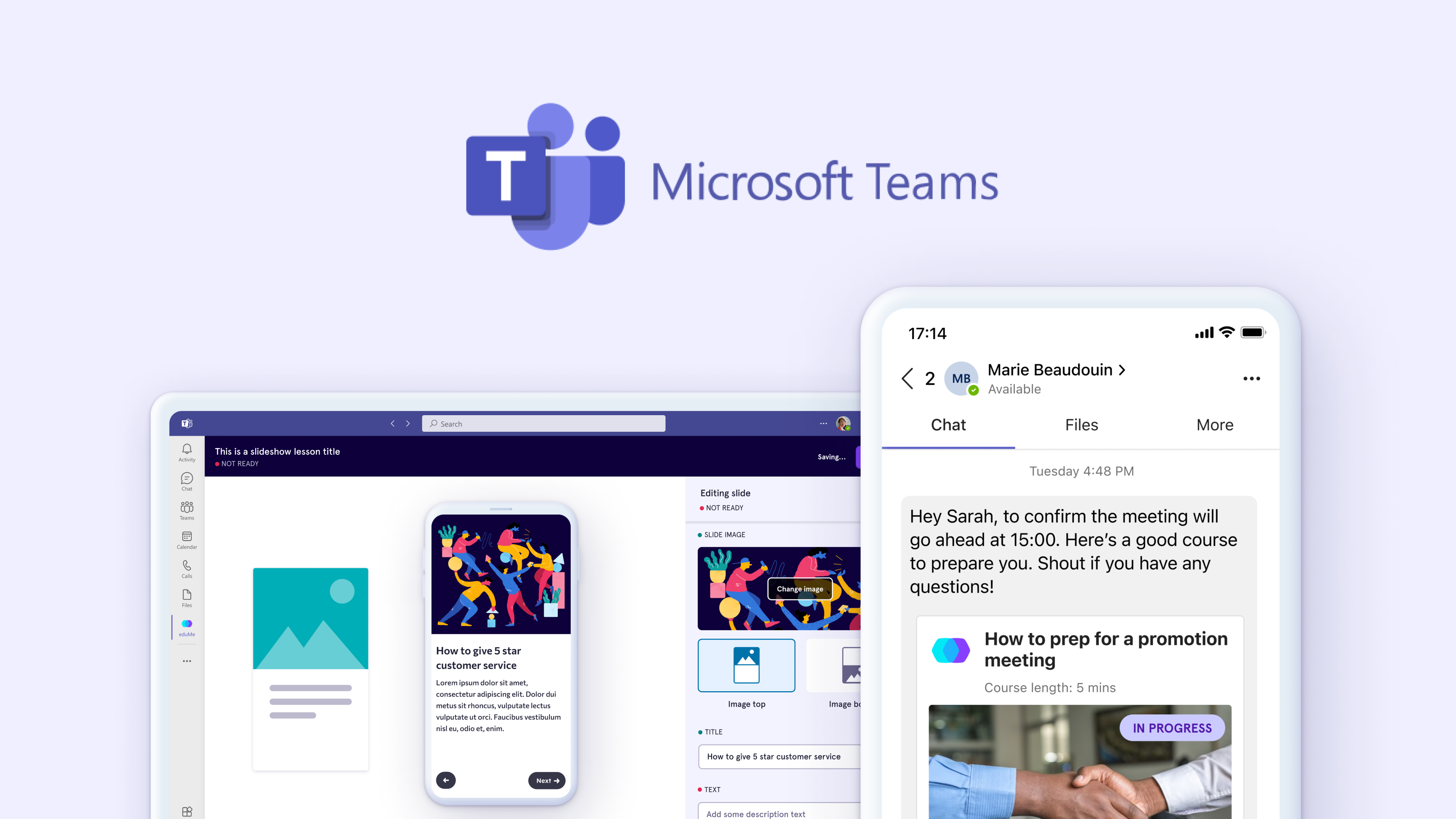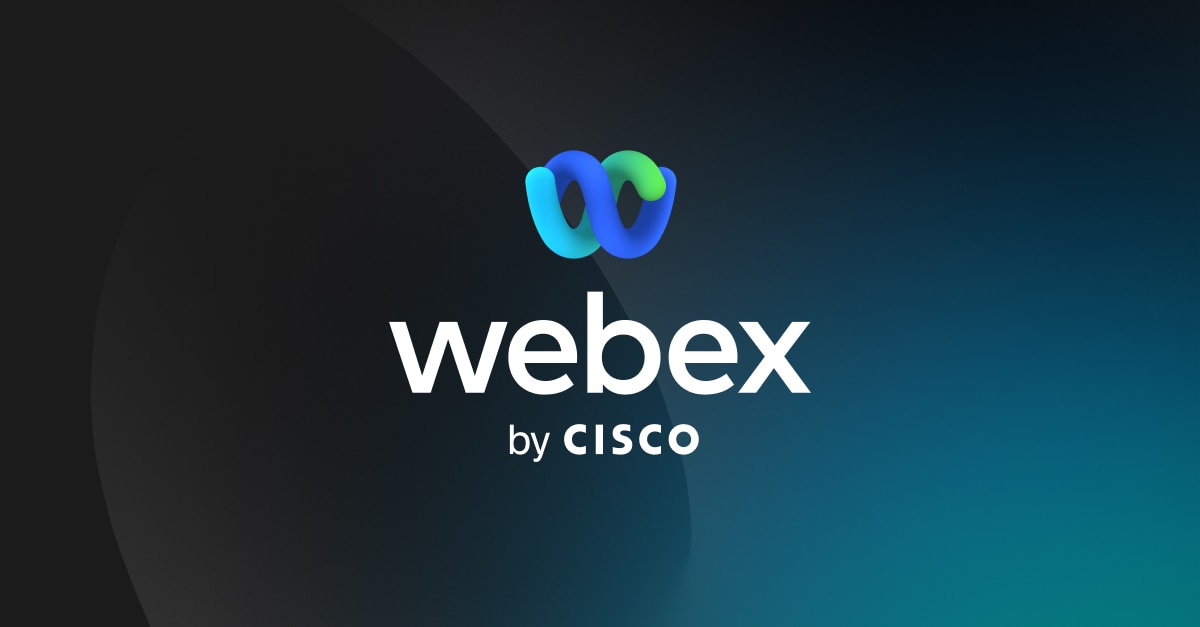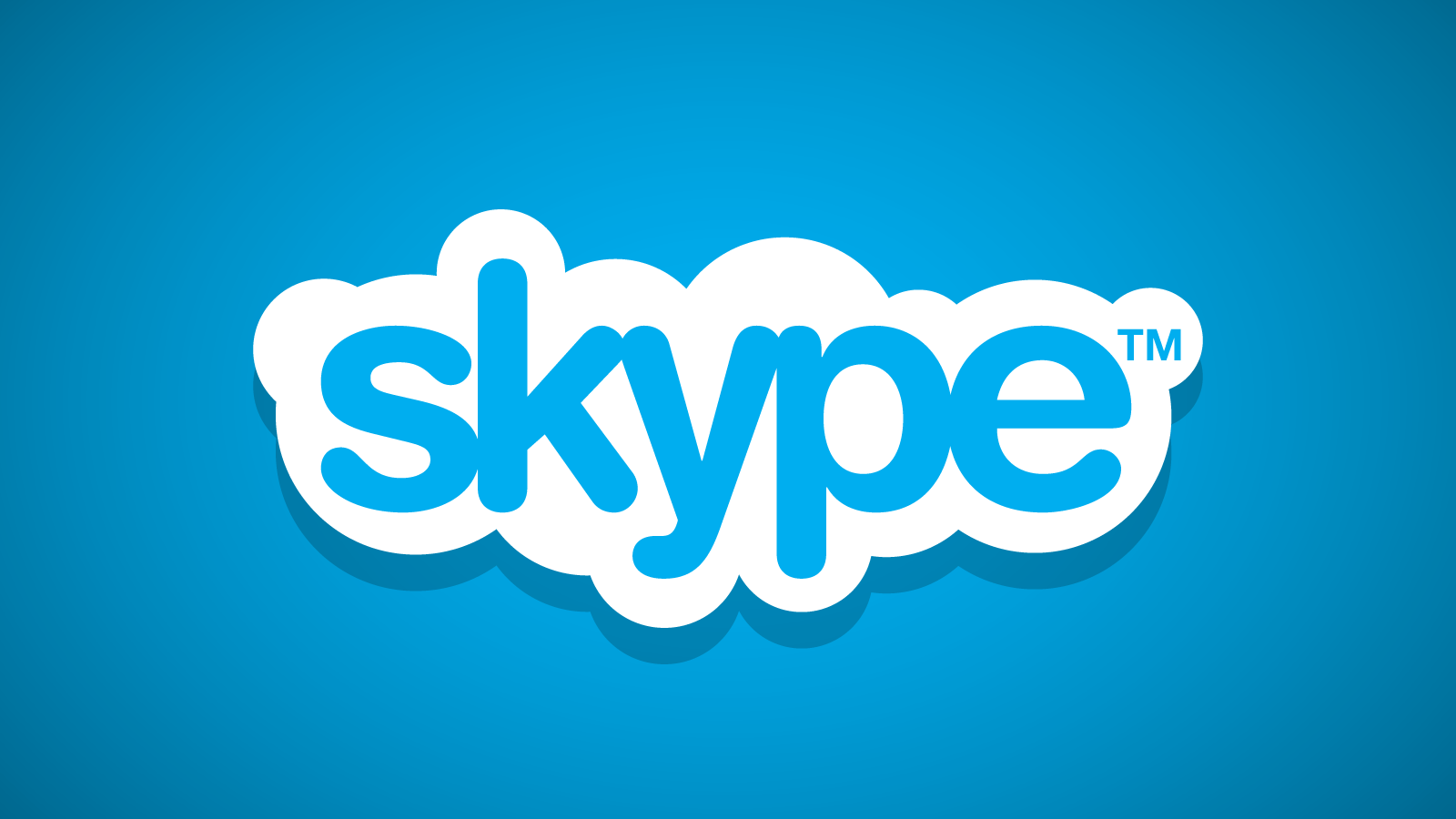7 best macOS apps for video conferencing
Last Updated on May 26, 2024 by Jhonni Jets
With the rise of remote and hybrid work over the past two years, video conferencing has become an indispensable tool for keeping teams connected. Whether you’re conducting client meetings, catching up with colleagues, or attending online classes, having a reliable video conferencing app on your Mac is essential. However, with so many options available, it can be tough to determine which one is best suited to your needs.
In this article, we review 7 of the top video conferencing apps available for macOS and compare their features, pricing, and overall user experience. By the end, you should have a good idea of which app is the right fit for your workflow and collaboration style.
Table of Content
1. Zoom

Zoom is perhaps the most popular video conferencing platform, having gained massive traction during the pandemic. Its easy-to-use interface and reliability have made it a staple for both business and personal use. On macOS, the Zoom app provides crystal clear video and audio quality. It supports high-definition video with sharing, virtual backgrounds, screen sharing, and robust group chat functionality. Basic accounts are free with a 40-minute time limit on meetings, while paid plans unlock more features and unlimited meeting time.
Zoom stands out for its extensive collaboration tools like whiteboarding, annotation, and breakout rooms. Admin controls provide extensive management of accounts and meeting security. It works seamlessly across all major platforms and devices. However, some users have reported privacy and security concerns in Zoom’s early days. While the company has improved, those looking for extra privacy may consider alternatives.
2. Google Meet

As Google’s video conferencing platform, Google Meet is deeply integrated into the G Suite productivity apps. It provides many of Zoom’s core features like screen sharing, virtual backgrounds, and chat in an interface familiar to Gmail and Calendar users. Video and audio quality are also excellent. Unlike Zoom, Meet limits meetings to no more than 250 participants. However, it has the advantage of being free for all Google account holders with no time limits.
Educators will appreciate Google Meet’s integration with Google Classroom for seamless online learning. Business teams benefit from features like real-time captions, attendance tracking, and meeting recordings saved to Google Drive for collaboration later. Security and privacy are also strengths as Meet utilizes Google’s robust backend. The downside is a slightly more sparse feature set compared to Zoom.
3. Microsoft Teams

As the video conferencing tool within Microsoft’s Office 365 productivity suite, Teams provides tight knit integration with other Office apps. It works well on macOS and supports all basic conferencing needs. Meeting hosts have controls for screen sharing, scheduling, chat threads, and viewing participant lists. Audio and video quality hold up fine even on low-bandwidth connections.
Teams differentiates through its channels feature for grouping conversations by topic or project. Shared files, tasks, and calendar integration fuel broader team collaboration. Account admins appreciate admin controls for managing guest access, meetings settings and viewing usage analytics. However, its feature set remains a step behind dedicated platforms like Zoom. Teams works best as a video addon for existing Office 365 users rather than a standalone solution.
4. Cisco Webex

Webex is the gold standard for large enterprises thanks to enterprise-grade security, reliability and manageability. Its macOS app supports all the features businesses need for online meetings, training sessions and webinars. Hosts have granular controls for attendee permissions, screen sharing options, whiteboarding and messaging. Video quality is among the best through advanced noise cancellation and high-definition resolutions.
Additional productivity tools integrate meeting recordings, transcripts and follow-ups all in one place. IT admins love Webex for its priority tech support, guest account management and Single Sign-On options. The downside is increased complexity and a steeper learning curve versus consumer-focused platforms. Pricing is also higher but worth it for businesses with advanced collaboration needs.
5. Skype

Skype pioneered online calling and remains a household name, though it has lost some ground to newer platforms in recent years. Its macOS app provides basic group video and voice calling through a clean interface. Add-ons like screen sharing, virtual backgrounds and messaging make it capable for small meetings and catch-ups.
An advantage is broad device support across Windows, Mac, iOS and Android. Signing in with Microsoft accounts links contacts and chat history. However, the free tier is limited while paid plans don’t offer clear advantages over competitors. Overall, Skype remains convenient but lacks refined collaboration tools of rivals aimed at professional settings.
6. Whereby

Whereby takes a no-frills, accessibility-first approach as a straightforward platform for video calls. Its macOS app has a clean and simple interface focused purely on joining or hosting meetings with screen sharing. No signups are required, making it ideal for quick spontaneous catchups.
Its popularity in online education stems from being very lightweight, private by default, and not tracking usage data. Audio quality holds up well through peer-to-peer WebRTC technology. However, features are bare bones without waiting rooms, scheduling or participant management options.
7. Jitsi Meet

Jitsi Meet is a free and open-source platform ideal for budget-conscious personal or non-profit use cases. Its macOS app offers all basic meeting functions like screen sharing, virtual backgrounds and group messaging. Video and audio quality match many proprietary competitors through optimized WebRTC encoding.
As an open protocol, anyone can self-host infrastructure or use a third-party provider. Additional plug-ins integrate calendar and chat tools too. However, the trade-off is less stability,enterprise-grade security or customer support compared to paid options.
In summary, the best video conferencing app depends highly on your specific needs and budget. Zoom, Google Meet and Microsoft Teams offer the most well-rounded feature sets while Cisco for advanced business needs. Lighter options like Whereby and Jitsi Meet work well on a budget.
Most importantly, choose one that integrates smoothly into your collaboration workflow through calendaring, file sharing and messaging integrations. Switching between too many piecemeal platforms hinders productivity.






